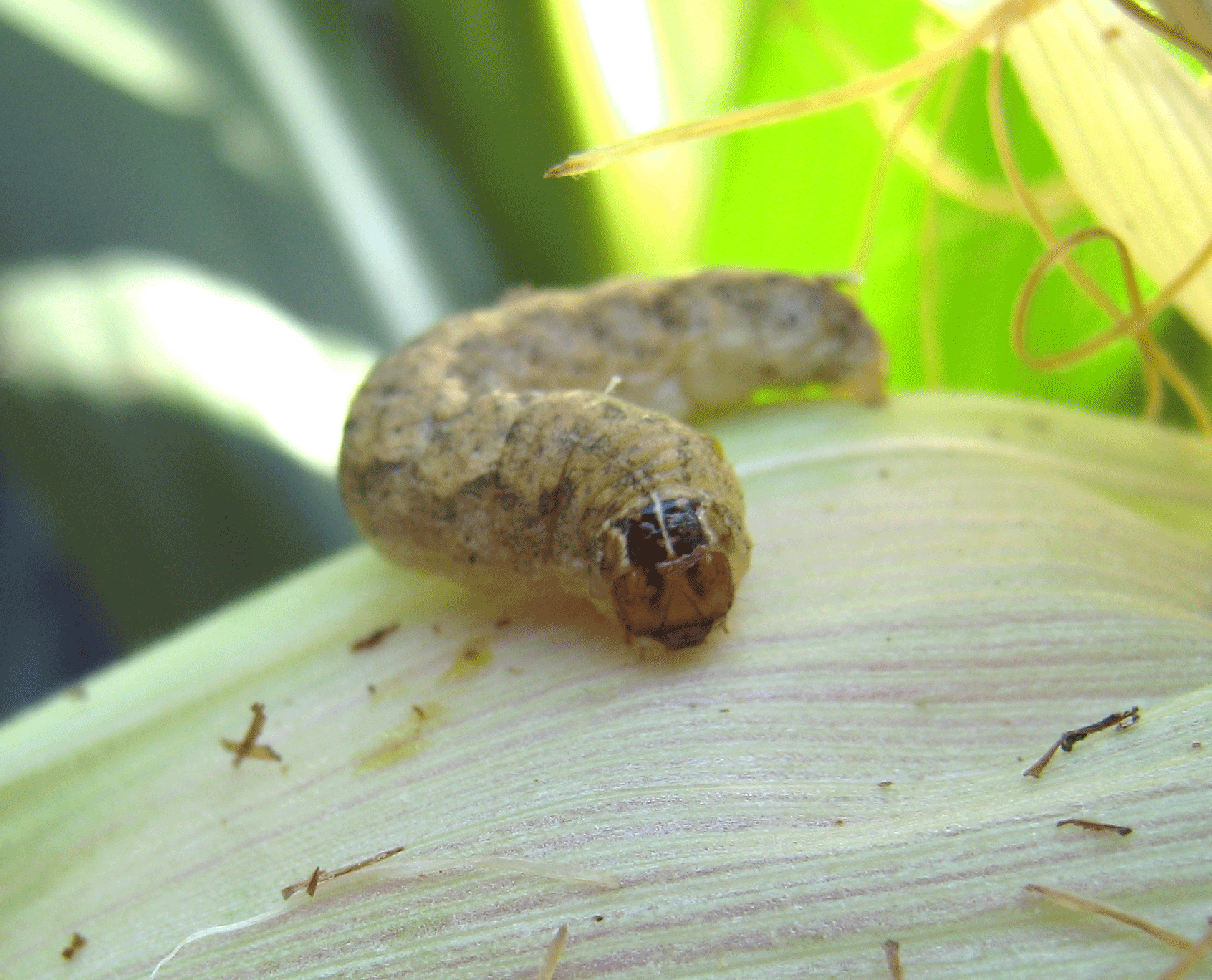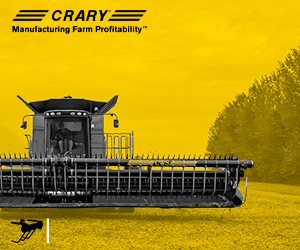WESTERN BEAN CUTWORM POPULATIONS ARE RAMPING UP AND RESEARCH IS UNDERWAY
Every year, Grain Farmers of Ontario involves itself in a significant number of research and development initiatives designed to improve the potential and practices of grain production. Indeed, it is an absolutely critical part of GFO’s existence, and plays an integral role in our efforts to help Ontario farmers achieve profitability on the farm through sustainable yields.
Occasionally, however, a challenge arises in our province’s fields that put our organization’s research, both joint and separate, under sizeable pressure to produce results yesterday rather than later this afternoon. One of the more recent issues of such caliber has been the spread of the Western bean cutworm (WBC). This pest was first detected in Ontario in 2008, steadily migrating from the western US since about 2000, with populations becoming increasingly established throughout our province.
Dangerous development
Why this particular pest is of such concern is due to its feeding habits. Once an adult moth lays its eggs on a plant’s leaves, usually on corn stalks in the whorl to pre-tassel stage, it takes about a week for hatching to begin. Once the eggs have hatched and the larvae are sufficient in size, they begin feeding on the ears of corn, and the results can be devastating. Indeed, experts estimate that a field with a mere one larva per ear can result in a loss of almost four bushels an acre. Keep in mind, this estimate considers only a limited number of factors, and does not take into consideration the potential damage of greater WBC populations, or subsequent damage caused by disease or additionally pests seizing an opportunity.
Collaborative research
What, then, can be done to avert this potential crisis? As of April 1, 2011, GFO and various other experts from the province began collaborating on a previously developed action plan to do exactly that. Expected to continue to October of 2013, the initiative involves five objectives. They are as follows:
1) Determine what climactic conditions are required for the proliferation of WBC. Specifically, this refers to the number of degree-days (or days over a certain temperature).
2) Determine the overwintering success of WBC in Ontario crop production. That is, how effective are the larvae at surviving the Canadian winter.
3) Investigate how the WBC reproduces. Namely, the effect of sex hormones under different conditions.
4) Evaluate the relationship between WBC traps –pheromone traps to be precise – and corn yield.
5) Create and maintain an extensive network of WBC traps, as well as an efficient monitoring network throughout the province.
Currently there are approximately 800 pheromone traps in Ontario, with particular concentrations around a select number of areas deemed to be of higher risk, such as Bothwell or the area just south of Tillsonburg. As field crop entomologist Tracey Baute explains, conditions in many areas are “ideal for egg laying,” meaning close observation over the coming months will be especially crucial.
Baute, from the Ontario Ministry of Agriculture, Food and Rural Affiars, is one of three lead researchers taking on this project. Jocelyn Smith from the University of Guelph Ridgetown Campus and Jeremy McNeil from the University of Western Ontario are also lead researchers.
Forward thinking
Of course, it is quite early in the project, but it is by no means overly optimistic to argue that the objectives listed above will prove to be quite effective in handling this potential crisis. It is GFO’s hope that our efforts, and the efforts of everyone involved in the project will bear sufficient fruit, or at least help our farmer members keep what they already have in the face of this rather concerning pest.
Funding for this project has been provided in part by Grain Farmers of Ontario and by Agriculture and Agri-Food Canada through the Canadian Agricultural Adaptation Program (CAAP). In Ontario, this program is delivered by the Agricultural Adaptation Council.
If you think your fields may be reaching threshold levels for Western bean cutworm, check out Baute’s Bug Blog, maintained by Tracey Baute for detailed information on scouting, threshold and management.









